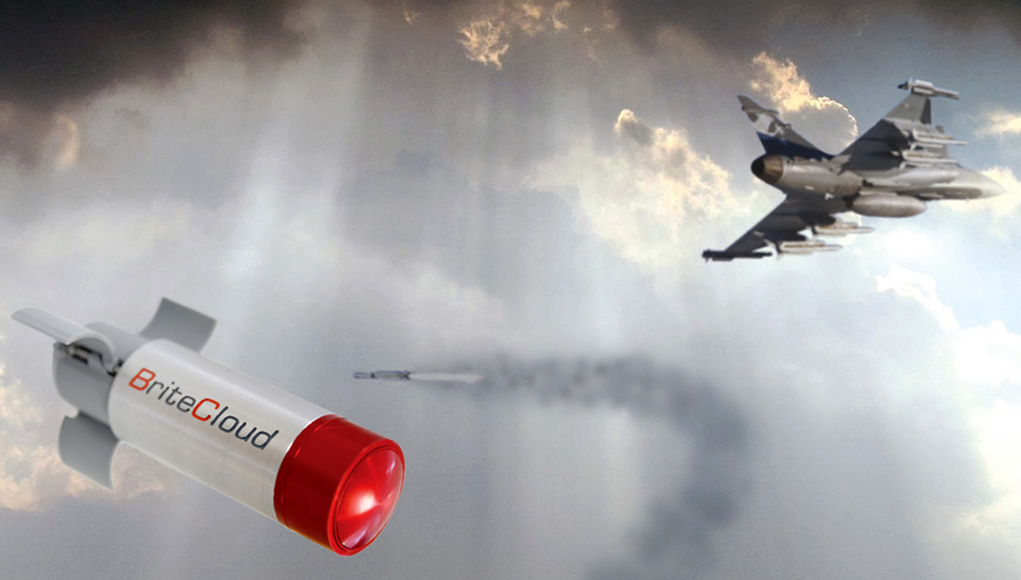Zarvan
ELITE MEMBER

- Joined
- Apr 28, 2011
- Messages
- 54,470
- Reaction score
- 87
- Country
- Location

The Selex ES Skyward-G IRST unit can be seen ahead of the cockpit of the Gripen NG demonstrator. Source: Saab
Selex ES has announced a contract and a test milestone related to two of the systems it is to provide for the Gripen E combat aircraft.
In the first of these, announced on 14 April, the company has been contracted by Saab to supply 60 of its Skyward-G infrared search-and-track (IRST) systems for the Gripen E combat aircraft being manufactured for the Swedish Air Force.
The contract follows flight tests of the long-range electro-optic sensor aboard the Gripen NG demonstrator aircraft in 2014.
The Skyward-G IRST will be the Gripen E's primary passive sensor, enabling it to detect and track airborne and ground targets without alerting them to the aircraft's presence through the use of its active electronically scanned array (AESA) radar. The system is positioned just ahead of the windshield, offset from the centreline, with the associated avionics boxes located just aft of the radar.
Separately, Selex ES announced on 15 April that its BriteCloud radar frequency decoy has recently been successfully deployed from a Gripen fighter during flight trials. Three flights and three releases of the BriteCloud were conducted in Sweden, demonstrating the safe and effective release of the expendable active decoy (EAD) from a standard Gripen countermeasures dispenser.
BriteCloud uses flare cartridges to jam ground-based radars and radar-guided missiles and is compatible with a variety of aircraft types.
Selex ES will provide 30% of the Gripen E's electronics, with other systems besides the Skyward-G IRST and BriteCloud EAD comprising the ES Raven ES-05 AESA radar, and Mode 5 identification friend-or-foe system.
Want to read more? For analysis on this article and access to all our insight content, please enquire about our subscription options ihs.com/contact
Selex announces Skyward-G and BriteCloud milestones for Gripen E - IHS Jane's 360










